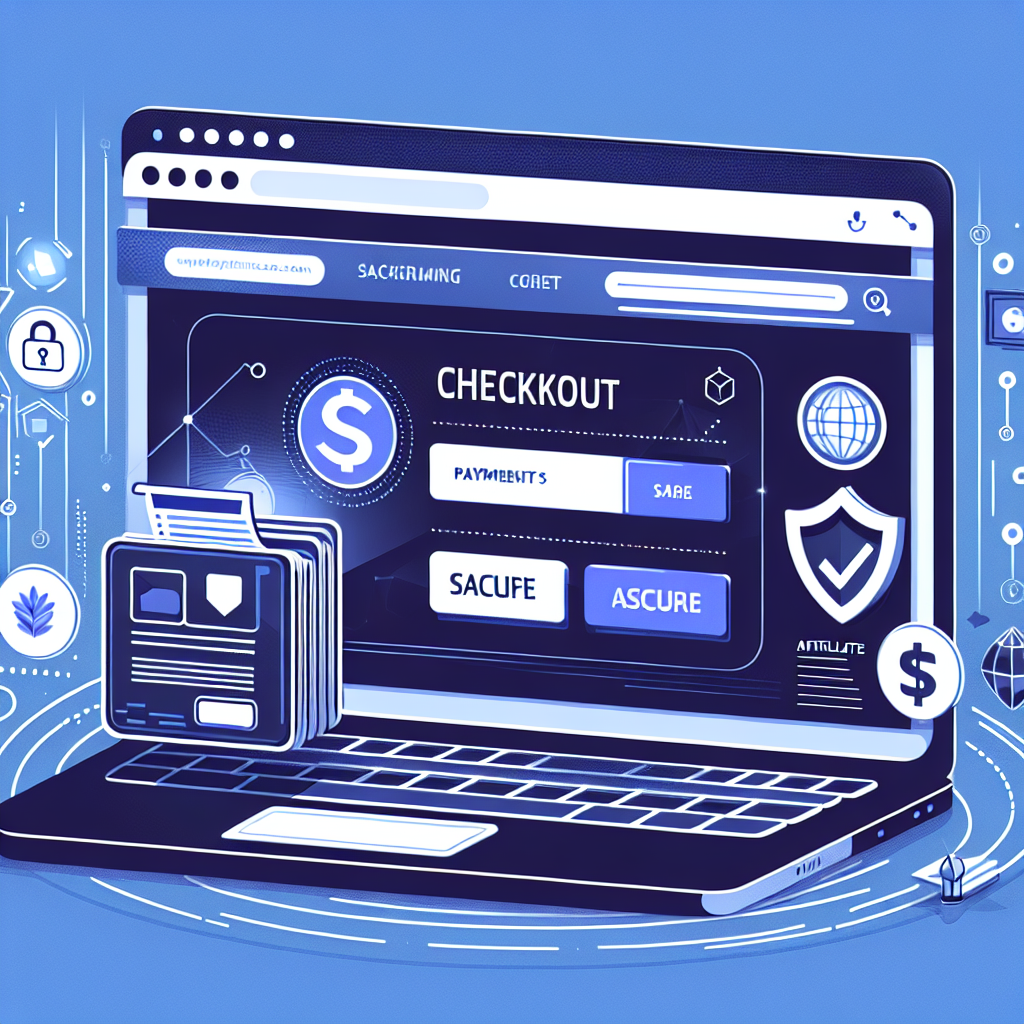Why Payment Gateways Matter for Affiliate WordPress Themes
On affiliate WordPress sites, the payment gateway is more than a checkout tool: it directly affects conversion rates, affiliate tracking accuracy, and the overall trustworthiness of your theme. Choosing the right gateway architecture and configuration ensures customers complete purchases and affiliates get reliably credited. This guide walks through the technical and business considerations for selecting and integrating payment gateways into affiliate-focused WordPress themes.
What Is a Payment Gateway?
If you want a concise industry definition, see the Investopedia payment gateway definition. In short, a payment gateway authorizes and processes card and digital payments between your store and the acquiring bank, often exposing APIs or SDKs you can embed in a theme or plugin.
Key Criteria When Choosing a Gateway
Not all gateways are built the same. For affiliate themes you should evaluate:
- Conversion-focused UX — Support for native in-page checkout, one-click payments, and mobile-optimized flows reduces friction.
- Robust API & webhooks — Real-time notifications are essential for accurate affiliate commission tracking and subscription events.
- Reliable affiliate attribution — Gateways should enable passing custom metadata (like affiliate IDs, campaign tags, and order notes) so tracking systems can verify conversions.
- Security & compliance — PCI scope reduction, tokenization, and support for regional regulations (like PSD2 and 3-D Secure 2) protect customers and merchants.
- Global coverage and local payment methods — Offering local methods (e.g., iDEAL, Klarna, bank transfers) boosts conversions in specific markets.
- Fee structure — Consider per-transaction fees, settlement delays, and chargeback policies when modeling affiliate payouts.
- Developer experience — Quality SDKs, sandbox environments, and clear docs speed implementation.
Integration Approaches for WordPress Themes
There are three common ways to integrate gateways into affiliate WordPress themes:
1. Plugin-first (Recommended)
Use established e-commerce or payments plugins (WooCommerce, Easy Digital Downloads, or dedicated gateway plugins). This separates payment logic from theme presentation — ideal for theme updates and compatibility. Ensure the plugin passes affiliate metadata to orders and exposes hooks for your affiliate tracking code.
2. Embedded SDK in the Theme
Embedding a gateway SDK directly into theme templates can produce tighter visual integration and faster checkouts. However, this couples payment code to the theme and increases maintenance overhead. Use this approach only if the SDK is well-supported and if you plan regular updates.
3. Headless / API-driven Checkout
For advanced, performant themes, consider a headless architecture where the front end calls a backend that interacts with the gateway. This provides flexibility for complex attribution logic and reduces PCI exposure because card data touches only your backend or the gateway’s hosted pages.
Affiliate Tracking Considerations
Accurate affiliate payouts rely on reliable attribution. Best practices include:
- Passing affiliate IDs and campaign parameters into the order object at checkout.
- Using server-to-server webhooks to confirm completed payments and capture events like refunds or partial charges.
- Recording transaction references and gateway response codes so disputes can be audited.
- Ensuring affiliate cookies and local storage survive referral to third-party gateways or hosted payment pages.
Security, Compliance, and Performance
Security and compliance are non-negotiable:
- Choose gateways with tokenization to avoid storing card details on your servers.
- Implement 3-D Secure workflows when required by regional regulations.
- Optimize script loading — asynchronous SDKs, deferred scripts, and critical-path rendering improve perceived speed and conversion.
- Use CSP, secure cookies, and strict TLS configurations to harden your theme and payment interactions.
Testing and Quality Assurance
Thorough testing prevents lost commissions and checkout failures:
- Test every payment flow: new purchases, upsells, subscriptions, refunds, and partial captures.
- Validate webhook reliability by simulating network interruptions and retries.
- Check crossover with affiliate plugins — ensure order metadata flows from the gateway to your affiliate reporting tool.
- Run A/B tests on checkout UI variations to discover which flows maximize affiliate-driven revenue.
Real-World Example: Seasonal Demand and Local Methods
Regional buying patterns and seasonal demand can affect which payment methods convert best. For example, high-volume seasonal product lists like the Hottest 2022 Christmas gifts in Sweden illustrate the importance of offering popular local payment methods and ensuring the gateway supports them to capture peak affiliate commissions.
Practical Checklist for Theme Authors
When building or selecting a payment gateway for an affiliate WordPress theme, follow this checklist:
- Confirm the gateway supports custom order metadata and webhooks.
- Verify mobile-first checkout flows and progressive enhancement.
- Test regional payment methods relevant to your audience.
- Ensure affiliate tracking parameters survive redirects and hosted checkouts.
- Audit security features: tokenization, PCI scope reduction, and 3DS support.
- Document fallback flows for declined transactions and network errors.
When to Bring in Expert Help
Complex setups — multi-currency marketplaces, subscription billing with affiliate splits, or integrations with custom CRM and reporting systems — are good reasons to collaborate with a specialist. If you need professional assistance integrating payments into a custom theme or troubleshooting attribution issues, consult an experienced developer. For localized developer services and WordPress theme work, consider reaching out to a WordPress Developer in Lake Zurich who understands theme architecture and payment integrations.
Keeping an Eye on Theme Market Fit
As you optimize payment gateways, remember to track market-level signals about what buyers expect. Research on ecosystem trends and how themes perform can be revealing; for deeper insight into what users look for, explore resources like WordPress theme popularity to align payments and UX with audience expectations.
Summary
The best payment gateway for an affiliate WordPress theme balances conversion-optimized UX, strong APIs for attribution, broad payment method coverage, and airtight security. Build integrations that pass affiliate metadata, rely on webhooks for event confirmation, and keep the payment layer decoupled from presentation when possible. With careful selection, testing, and occasional expert help, your theme can deliver secure, high-converting checkout experiences that maximize affiliate earnings.
